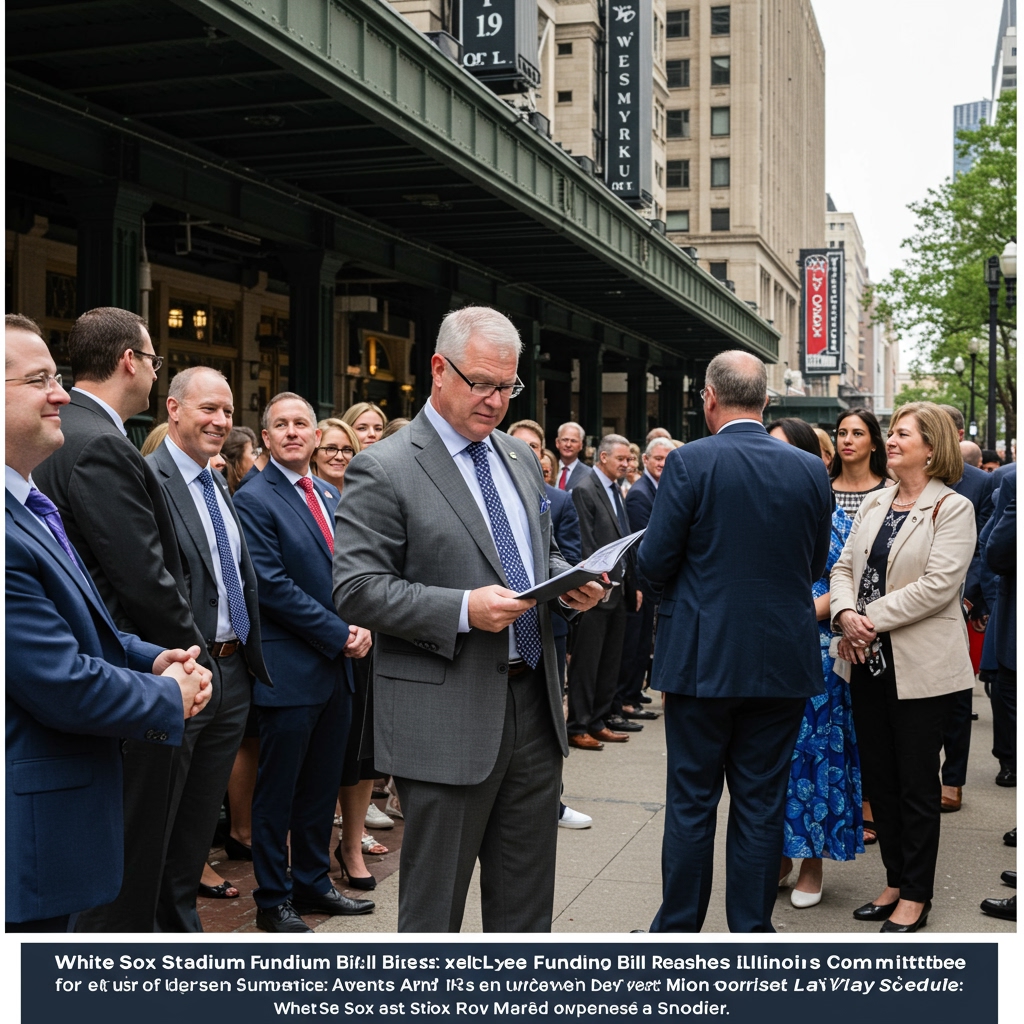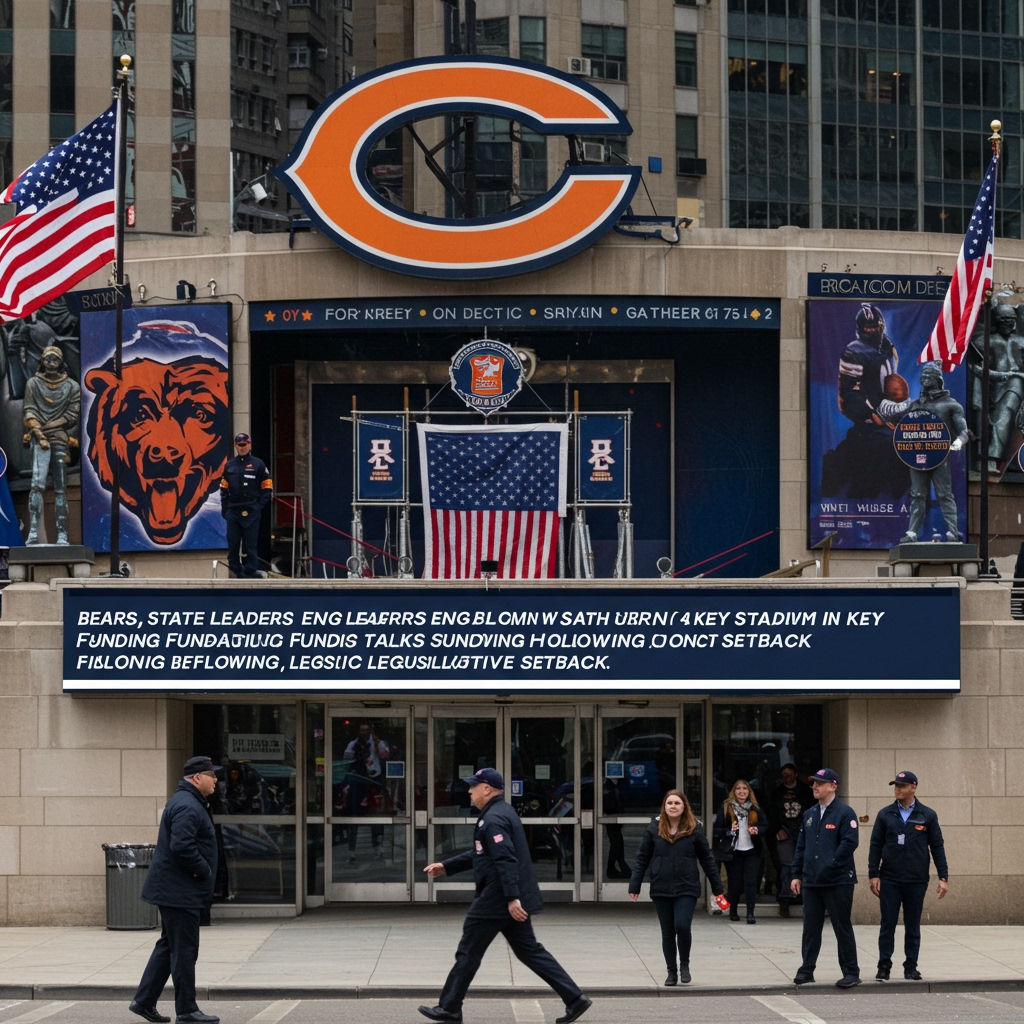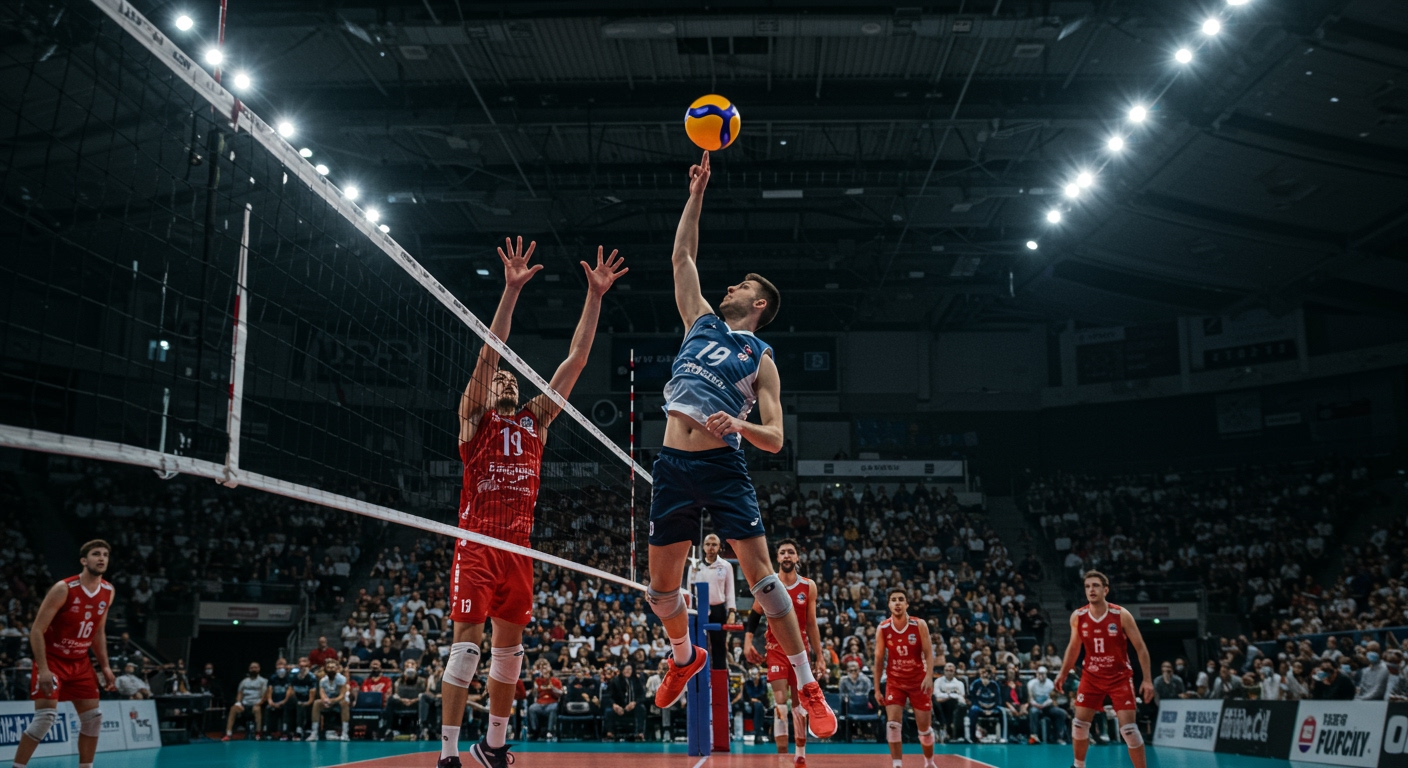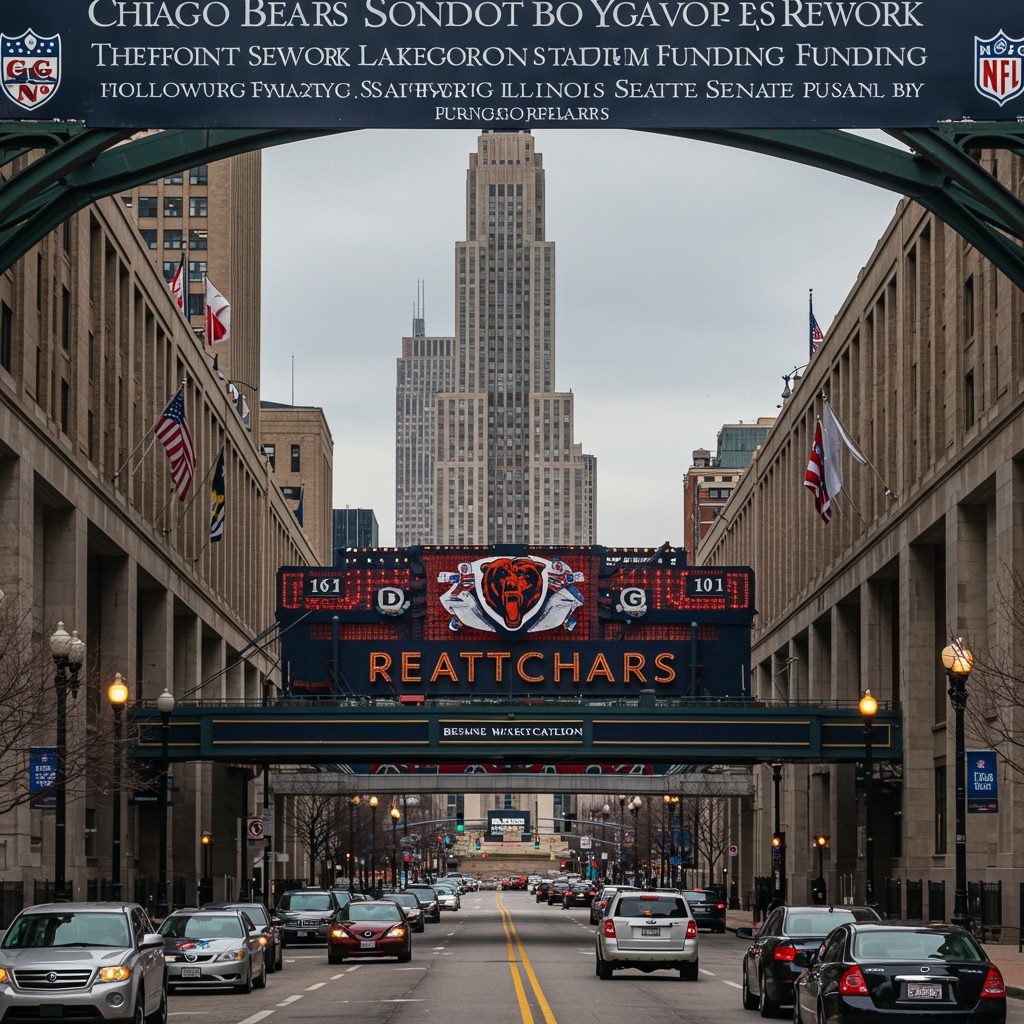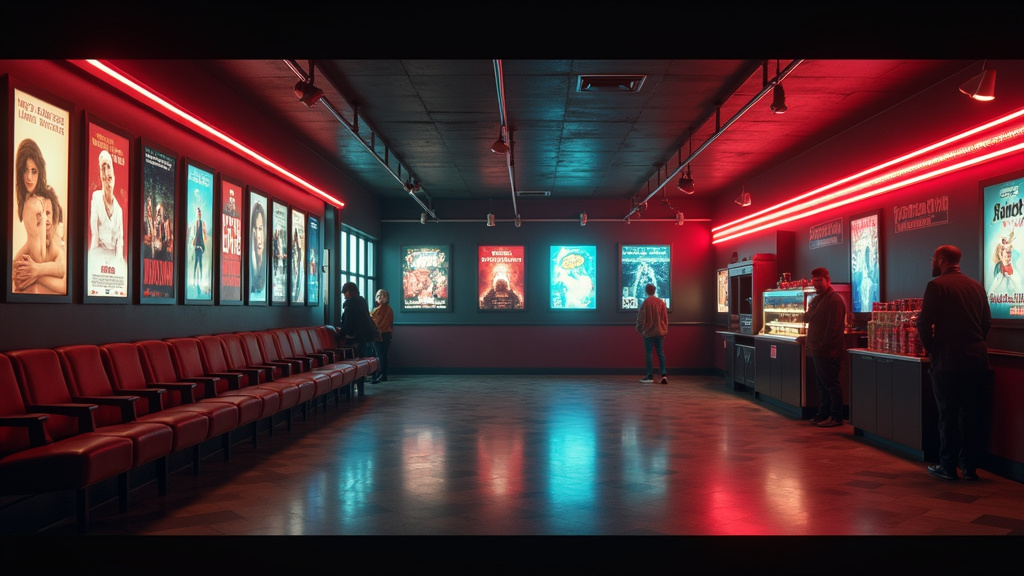Chicago, IL – The Chicago Bears organization is reportedly revising its ambitious $4.7 billion proposal for a new lakefront stadium and park development, a significant pivot occurring after the plan encountered substantial resistance from leadership within the Illinois State Senate on Friday, April 19. Sources familiar with the ongoing negotiations indicate the team is actively modifying its public financing request, which initially sought $2.4 billion from taxpayers to support the sprawling project envisioned for the lakefront south of Soldier Field.
The Original $4.7 Billion Vision and Funding Ask
The Bears’ initial pitch, unveiled with considerable fanfare, outlined a comprehensive plan estimated to cost a total of $4.7 billion. This monumental figure encompassed not just the construction of a state-of-the-art enclosed stadium but also significant surrounding infrastructure and extensive parkland improvements. To facilitate this vision, the team proposed a funding structure that relied heavily on public investment. The core of the public financing component, totaling $2.4 billion, was planned to be facilitated through bonds issued by the Illinois Sports Facilities Authority (ISFA). Crucially, these ISFA bonds were intended to be repaid primarily using revenues generated from Chicago’s hotel tax.
Under this structure, the state of Illinois was asked to contribute a substantial $1.5 billion directly towards the project’s costs, largely related to the public infrastructure components necessary for the development, such as roads, utilities, and transit access. The remaining public funds within the $2.4 billion total were expected to come from other sources, potentially including bonding capacity from the city or ISFA beyond the state’s direct contribution, all ultimately backed by the specified tax revenues. The Bears themselves committed to covering the remainder of the $4.7 billion total cost, estimated to be $2.3 billion.
Legislative Resistance Mounts in the Illinois Senate
However, the proposal faced immediate and significant skepticism from key state lawmakers, particularly leadership in the Illinois Senate. During hearings and in public statements on and around April 19, prominent senators raised serious concerns about the financial structure presented by the Bears. The primary point of contention revolved around the perceived risk to the state’s finances. Lawmakers expressed apprehension that relying heavily on volatile hotel tax revenues to back such a large bond issuance could potentially leave the state liable if those revenues fell short of debt service requirements.
Senate President Don Harmon and other legislative leaders voiced strong doubts about the feasibility and prudence of the state committing $1.5 billion in taxpayer funds to the project. They questioned whether such a significant allocation was the best use of state resources, especially given other pressing needs across Illinois. Specific concerns cited included the overall financial risk associated with the ISFA bond structure and the dependency on a revenue stream susceptible to economic downturns. Furthermore, lawmakers reportedly sought greater clarity and potentially a stronger commitment or a revised timeline regarding the team’s $2.3 billion contribution and the overall project financing schedule.
The message from the Senate was clear: the proposal, as initially presented, lacked the necessary support to move forward in the legislature. The pushback underscored a broader hesitancy among many lawmakers to commit substantial public funds to professional sports stadiums, particularly when competing priorities like education, healthcare, and infrastructure statewide demand resources.
The Path Forward: A Revised Proposal Expected
In response to the legislative obstacles encountered on April 19, the Chicago Bears are now reportedly working to modify their funding request. Sources indicate the team is in the process of crafting a revised proposal aimed at addressing the specific concerns raised by state senators. While the exact details of the updated plan have not been publicly disclosed, it is expected to be presented to lawmakers in the coming days, potentially as early as this week.
Anticipated changes in the revised proposal may include a reduction in the amount of public funding requested from the state or alternative mechanisms for financing the public portion of the project that might mitigate perceived risks. The Bears could potentially seek to increase their own financial commitment beyond the initial $2.3 billion, explore different bond structures, or propose alternative economic development components within the project that could generate revenue or demonstrate broader public benefit in ways that are more appealing to legislators. The goal is to find a compromise that provides sufficient public support for the necessary infrastructure and park elements while addressing the lawmakers’ concerns about financial risk and the scale of the state’s direct contribution.
With the Illinois legislative session scheduled to end in late May, time is of the essence for the Bears to gain traction for their revised plan. The success or failure of this proposal will significantly impact the team’s future location and the potential transformation of a key part of Chicago’s lakefront. The revised proposal represents a critical step in the complex negotiation process, as the Bears seek to secure the necessary legislative approval to turn their multi-billion-dollar lakefront vision into a reality.


